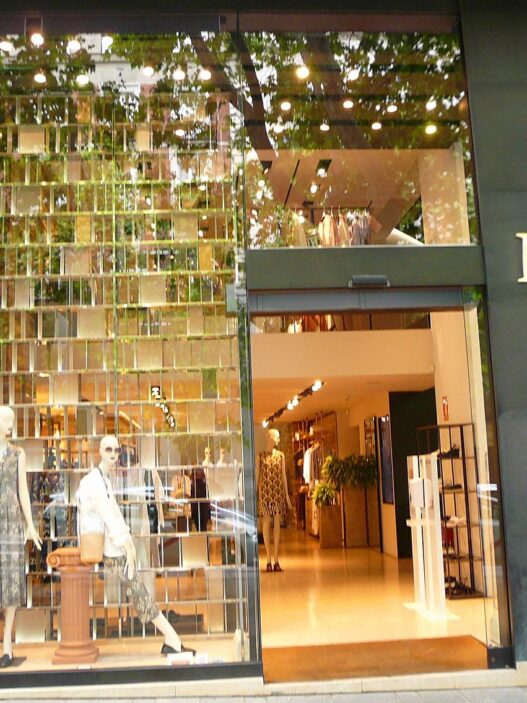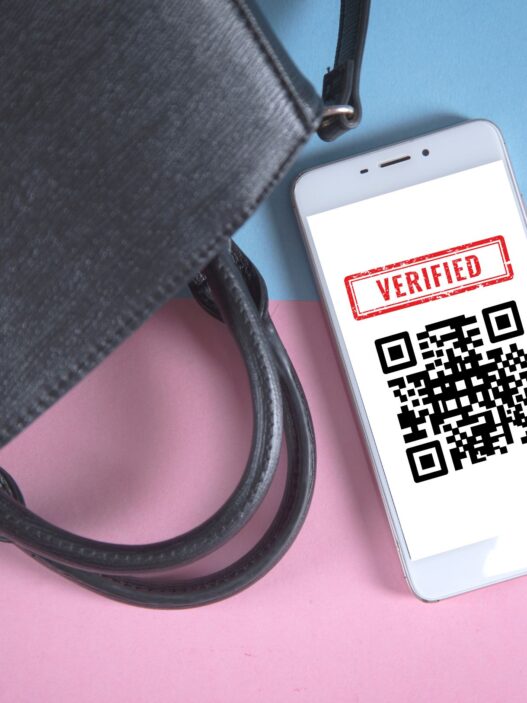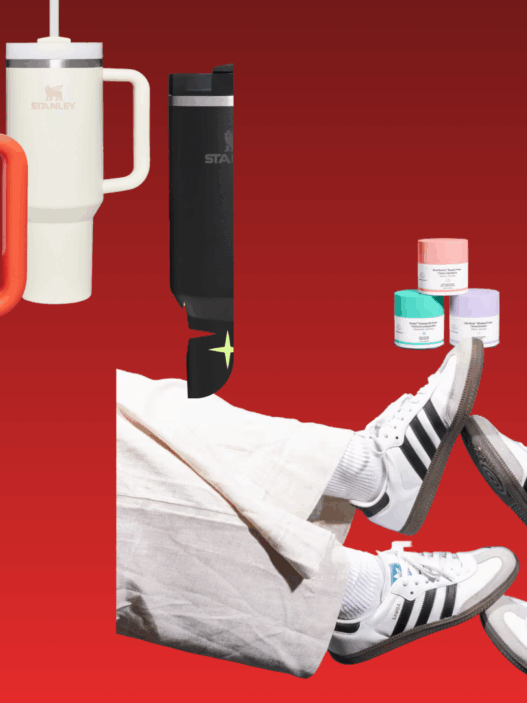It started in the fitting room.
At Zara, then H&M. Shelves of shoes that looked eerily like Alaïa. A dress that screamed Mugler. A scent reminiscent of Le Labo. Dupes aren’t just a passing trend anymore: they’re everywhere. And while fashion lovers have embraced the thrill of getting the “look for less,” something has shifted: the original creators are pushing back. Hard.
In an industry long defined by inspiration, imitation, and reinvention, a new legal line is being drawn. Not by taste, but by trademarks.
From Viral Aesthetic to Legal Threat
The concept of “dupes” has exploded in recent years, driven by TikTok hauls and curated Instagram reels where creators proudly share “the Zara version of Alaïa’s flats.” What was once whispered—a guilty purchase, an off‑brand nod—has become part of the public aesthetic: affordable, aestheticised imitation.
But that visibility has consequences. Major brands, including Alaïa, Bottega Veneta, Mugler, and New Balance, have intensified their legal actions. Some are issuing cease-and-desist letters at scale. Others are escalating to court filings, using trade dress, design rights and unfair competition laws to argue that what once passed as inspiration now crosses into infringement.
Earlier this year, the Business of Fashion reported a sharp uptick in enforcement, with luxury houses devoting more of their budget to IP defence, citing “brand dilution and viral replication” as immediate business risks (1). Similar tension has appeared in court: The Fashion Law recently described “squabbles over dupes” as a growing legal battleground, where plaintiffs argue that affordable lookalikes constitute commercial free-riding rather than innocent homage (2).
The Legal Grey Zones of Dupes
Let’s be clear: a dupe is not a counterfeit. There’s no fake logo or deception about the origin. But the legal treatment of dupes remains complex.
In the U.S., where copyright generally doesn’t protect helpful articles like apparel, brands rely on trade dress or design patents. In Europe, unregistered Community design rights offer stronger—but shorter—protection. Enforcement, however, is inconsistent, expensive, and often region-specific (3).
This ambiguity creates space for both creativity and exploitation. A brand may debut an iconic silhouette, only to see it echoed across the fast fashion ecosystem in days. Is that flattery? Market diffusion? Or legal dilution?
Opinion: The Dupe Crackdown Isn’t Just About IP. It’s About Control.
The legal backlash against dupes isn’t solely about protecting creativity. It’s about reasserting authority in a saturated market.
High-end brands aren’t just defending intellectual property. They’re defending symbolic power. A handbag priced at $2,000 loses cultural value when an indistinguishable version exists at Zara for $49.99. In a market where exclusivity equals desirability, mass replication feels like erosion, not just of design value, but of brand identity.
Lawsuits and legal notices are not just reactive tools but strategic signals. They remind the market who originated the design and who has the power to enforce it. In other words, you can copy the shape but can’t copy the status.
What About Access?
The dupe conversation also exposes deeper tensions around access, privilege, and the politics of taste.
If a 22-year-old student buys a $60 dupe of a runway dress, is she undermining IP, or participating in fashion on her terms? Are dupes democratising style, or reducing design to short-term spectacle? In an era where runway images go viral in seconds and TikTok “dupe hauls” rack up millions of views, the boundary between inspiration and infringement is increasingly blurred.
The law may draw certain lines, but the cultural implications are far messier. Courts can decide what’s legal. But fairness (and taste) remains contested territory.
Conclusion: Design Law Is Now Front‑Row
Fashion has always blurred the line between homage and theft. But today, that ambiguity is being sorted out in legal terms.
As luxury brands invest more in IP strategy and aggressive enforcement, we may be witnessing the end of fashion’s “casual copying” era. The legal crackdown on dupes is not just a reaction. It’s a redefinition of authorship, originality, and ownership.
In the age of infinite inspiration and viral aesthetics, protecting design might come down not to who creates first; but to who protects louder.
References
(1) Business of Fashion, “Luxury’s Legal Pushback: How Brands Are Fighting Dupes in 2025,” March 2025.
(2) The Fashion Law, “Squabbles Over Dupes Are Getting Their Day in Court,” May 16 2025.
(3) WIPO, “Design Law and the Fashion Industry,” 2023.


















